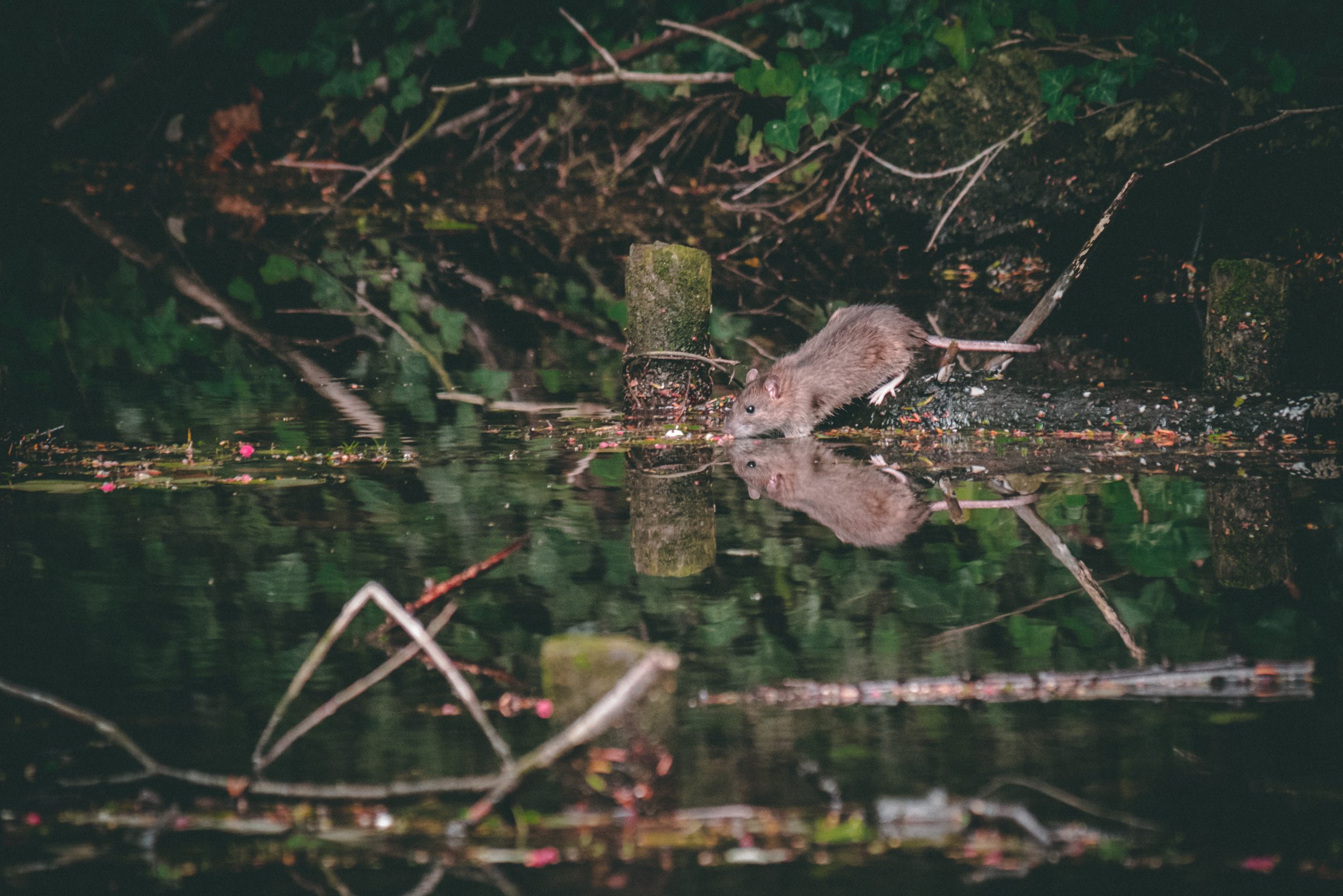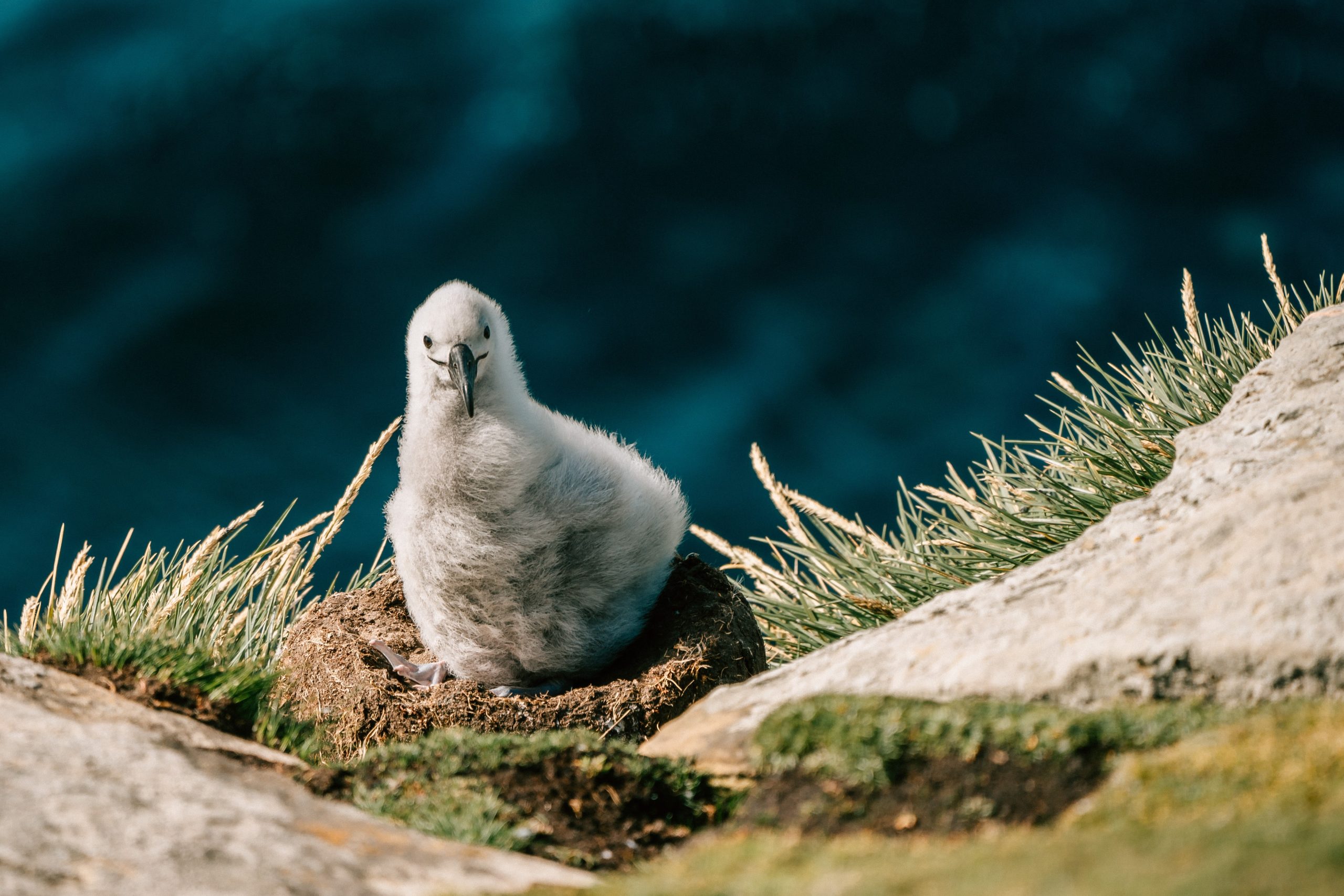By J. Royden Saah, Program Coordinator, Genetic Biocontrol of Invasive Rodents (GBIRd)
Researchers at the University of Adelaide associated with the Genetic Biocontrol of Invasive Rodents program (GBIRd) have made a great step forward in the development of a gene drive technology to control invasive mice. The technology – called t-CRISPR – leverages a naturally occurring gene drive to spread faulty-copies of a female fertility gene which overtime impact the mice population’s ability to reproduce. As mentioned by lead researcher and GBIRd member professor Paul Thomas, “this is the first time that a new genetic tool has been identified to suppress invasive mouse populations”.

The mechanism described in the study, published in the journal PNAS (Proceedings of the National Academy of Sciences), predicts that about 250 modified mice could eradicate an island population of 200,000 mice in around 20 years. The findings provide new reasons for optimism regarding the potential use of gene drive technologies as a complementary tool to help address the issue of invasive mice.
Invasive mice are a significant cause of species extinctions globally and particularly threaten island ecosystems. Hundreds of successful rodent (including mouse) eradications on islands have demonstrated this intervention to be one of the most impactful conservation actions available to restore and rewild island ecosystems. However, with the methods available today it is only feasible to restore about 15% of the world’s islands threatened by invasive species. The addition of a gene drive approach to the island conservation toolbox would help increase the scale, scope, and pace of interventions aimed at restoring these fragile ecosystems.

Although research is still in its early stages and it will take years before the technology could be evaluated for potential field trials, this is an important milestone, showing the benefit of collaboration within the GBIRd consortium. “We are cautiously optimistic, but this breakthrough offers hope that we can turn the tide on the extinction crisis happening on islands,” said David Will, Head of Innovation for Island Conservation, a GBIRd and Outreach Network member.
Whilst working to develop this new tool, Prof Thomas and his lab have collaborated closely with the other GBIRd partners to ensure key perspectives are addressed with this new technology, including the social, ethical, and biological potential and risks of using gene drive technologies for conservation. Going forward, the GBIRd consortium will be working to safely assess this technology in line with the world’s leading gene drive research and public values alignment guidelines.
If proven safe and effective, the technology could provide a valuable tool to help restore island ecosystems, a priority for achieving the Post-2020 Global Biodiversity Framework targets that will be discussed at COP 15 in Montreal later this year.
Learn more about the work being carried out at GBIRd or read the full study here.
Recent posts
